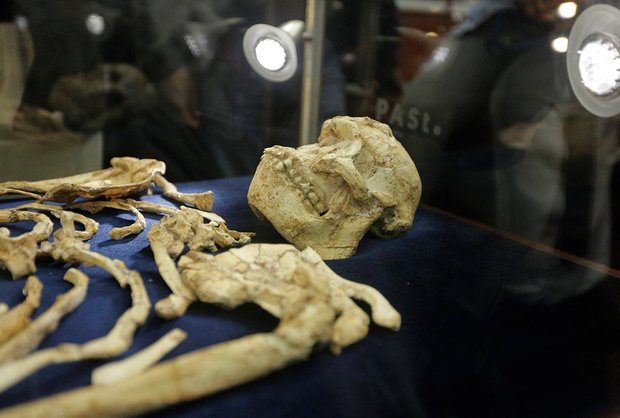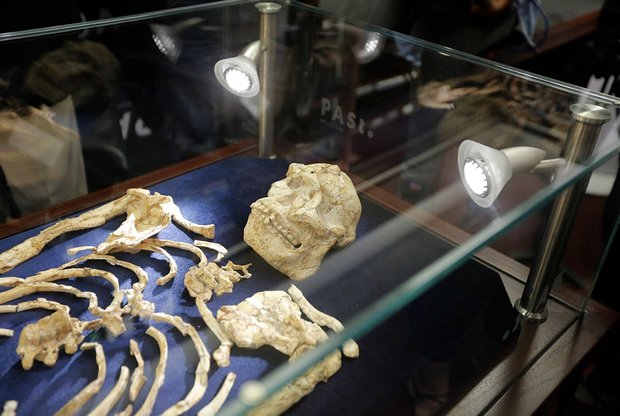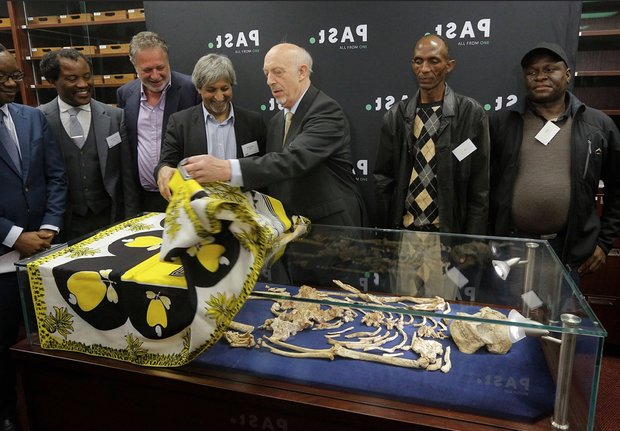These 3.7 Million-year-old Bones Have Made a Very Interesting Revelation About Apes (Photos)

Planet of the Apes may have been more than fiction after the find of the remains of a human ancestor described as one of "the most remarkable fossil discoveries ever made".
It’s also the oldest ape fossil in southern Africa, dating back 3.67 million years.
The remains – discovered 20 years ago at the Sterkfontein Caves near Johannesburg – have now gone on display for the first time.
Professor Ron Clarke from the Evolutionary Studies Institute at the University of the Witwatersrand in Johannesburg initially found four small footbones in 1994.
Its discovery is expected to help understand the appearance, full skeletal anatomy, limb lengths and locomotor abilities of one of the species of our early ancestral relatives.
This is one of the most remarkable fossil discoveries made in the history of human origins research and it is a privilege to unveil a finding of this importance today,” Clarke said.

In 1997 the scientist found more bones in a cupboard at the medical school of the University of the Witwatersrand.
The rest of Little Foot was found embedded in the calcified ancient cave in 1997 and the excavation, cleaning, reconstruction, casting and analysis took 20 years.
The discovery comes as a new Planet Of The Apes film hit the big screen.
War For The Planet Of The Apes sees humans go head-to-head with the chimps and their allies.
Much of the recovery work was done deep inside the cave system, working away at concrete-like rock called breccia, using air scribes to avoid breaking the fragile and priceless fossil remains.
"The process required extremely careful excavation in the dark environment of the cave.
"Once the upward-facing surfaces of the skeleton's bones were exposed, the breccia in which the undersides were still embedded had to be carefully undercut and removed in blocks for further cleaning in the lab," said Clarke.

The Sterkfontein cave system became famous in the 1930s with the discovery of an adult Australopithecus africanus.
The team says that Little Foot is from a second species, Australopithecus prometheus, which was named back in 1948 from fragmentary fossils.
The find reinforces the belief that South Africa was a major cradle of human evolution, featuring diverse hominid ancestors.
For years, information has trickled out on the significance of the find, but this is the first time the fossil skeleton will be unveiled in the vault of the University of the
Witwatersrand Evolutionary Studies Institute.
The results of the decades of studies will soon be released in a series of more than 25 scientific papers, the scientists involved say.
***
Via Daily Star UK





Post a Comment